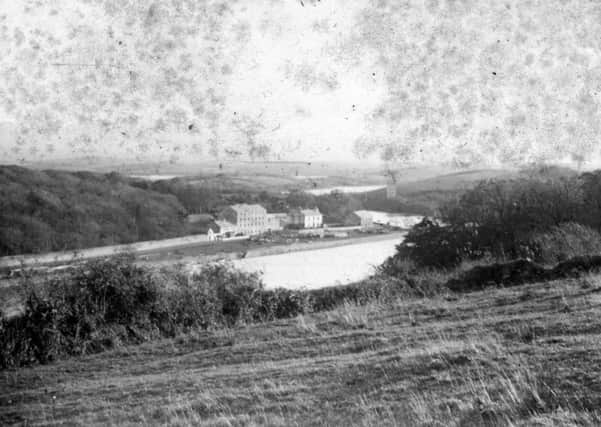Mystery of the Coleraine-linked lantern slides finally solved?


David Brown was “almost certainly” the man who took most of the cache of lantern slides unearthed in a deanery in the Republic of Ireland.
David and his twin brother, Robert, ran a soap factory, the largest in Ireland, in Donaghmore and were responsible for the McClinton and Colleen soap brands.
Advertisement
Hide AdAdvertisement
Hide AdAs successful entrepreneurs they were able to indulge their passions for photography and motor cars.
When David married Ada Wilson, he got to know her brother, Rev Willie Wilson.
Rev Wilson was born in County Tyrone in 1869 and served in New Row Presbyterian Church, Coleraine.
The brothers-in law travelled together to the Middle East and returned with a wealth of photographs that throw fresh light on life in Palestine over 100 years ago.
Advertisement
Hide AdAdvertisement
Hide AdWe first revealed the Coleraine link to the fascinating images in an exclusive article last year.
Mystery still surrounds how the slides ended up in Killaloe, Co Clare, in the Republic of Ireland but evidence gathered by Church of Ireland archivist Dr Susan Hood in Dublin suggests that the talented photographer behind the slides was, indeed, David Brown.
“We are pretty convinced that this is the identity,” she said.
“The descriptions in the Coleraine newspaper (of a slide show on Palestine in 1897 are so vivid and match so closely to the actual pictures.
Advertisement
Hide AdAdvertisement
Hide Ad“We cannot absolutely prove it. But it is a very convincing lead. How many Irishmen were through Palestine at that time?”
The old lantern slides were brought to Dr Hood about a year ago and she set about unravelling the riddle of who took them and the places recorded in the slides from a century ago. People were glad to help.
“We had a huge response,” she said.
“The Donaghmore link shows that the Brown brothers ran a booming local industry. They appear to have given a lot of money to other causes and supported Presbyterian Church causes.
“The local historian Patricia Bogue said the Browns were a family who did good works all of their lives.”
Advertisement
Hide AdAdvertisement
Hide AdDr Hood said they promoted Ireland at industrial exhibitions in Dublin, London and Paris.
“They also created the Irish village that made quite an impact. You could say it was the Riverdance of its time.
“To sell Ireland, they created a village with Irish colleens who were dancing and serving goodies to visitors. They walked around with the soap products. The Browns were very creative people who were giving others employment.”
There are 296 slides in all and they include pictures from Palestine and India.
Advertisement
Hide AdAdvertisement
Hide AdBut nearer to home there are pictures of Belfast, Ballyclare and Coleraine at the beginning of the 20th century.
Many remain unidentified and Dr Hood would love to hear from people who might recognise a location. Personal photographs are also included.
It is more than a year since the Killaloe slides were found and handed over.
But there are still questions that remain unanswered and anyone who might recognise a face or a place featured in the photographs should contact the Church of Ireland Representative Church Body library in Dublin.